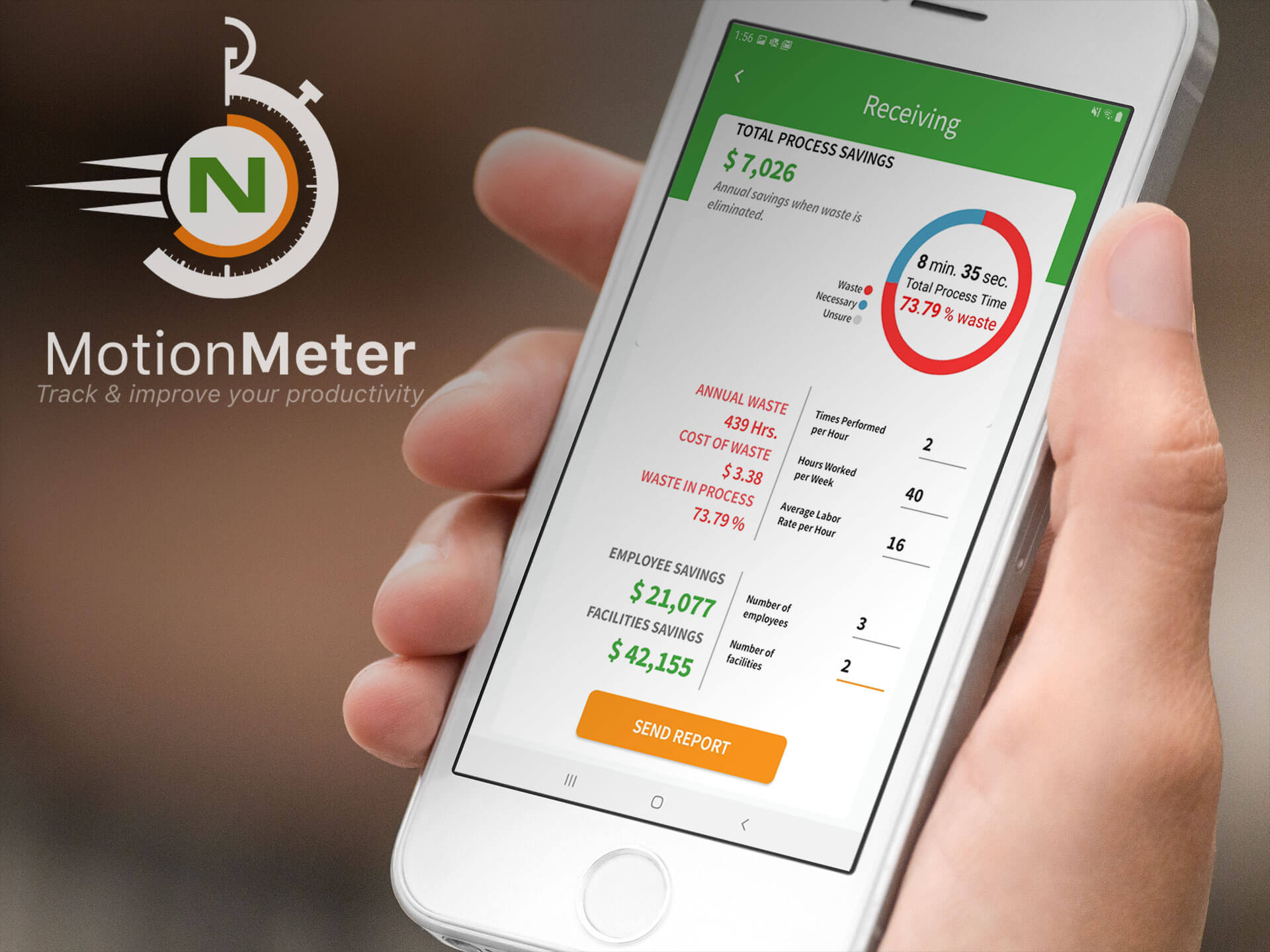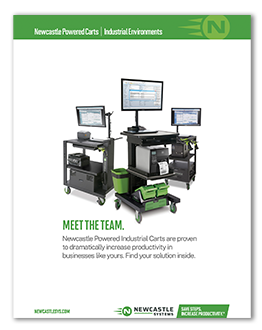
Warehouse work for humans is physically demanding. It can leave employees stressed and worn out, often requiring downtime to heal physically and mentally. Warehouse workers are prone to injuries, burnout, and mistakes. There is notoriously high turnover in these positions, and recruiting warehouse staff can be one of a company’s biggest challenges.
Is the solution to simply ditch all human labor in favor of robots? Not only would this be costly, but a true lights-out operation is highly dependent on technology and limited adaptability. A better solution would be to leverage automation solutions in your warehouse to reshape the role of human workers.
Robots in the Warehouse — What Does Research Suggest?
The use of automation is growing in just about every industry. For example, the global market revenue for robotics and automation is projected to grow from $7.9 billion in 2021 to over $51 billion by 2030.
Warehouses have become larger in recent years, with the average U.S. warehouse now around 180,000 sf, with some topping over 10 million sf. The explosion in the quantity and size of U.S. warehouses has placed a strain on logistics companies' ability to hire qualified workers and meet the increasing demands of customers.
With the development of artificial intelligence (AI), machine learning, the Internet of Things (IoT), and advanced analytics, there are more possibilities than ever for greater efficiency. Many warehouses are exploring the use of robotics to address and overcome labor and productivity challenges.
Will Robots Replace Human Workers in Warehouses?
Robots can perform tasks that only humans could undertake in the past, leading to both challenges and opportunities for businesses. According to the Brookings Institute, 2022 marked a record year for businesses, with 3.9 million new robot installations, or 151 robots per 10,000 workers.
 There’s an ongoing concern, mostly among the general population and those who study these matters, that robots will eventually replace human workers. While automation systems can make fast work of item storage and order picking, there are certain processes they simply can’t complete efficiently.
There’s an ongoing concern, mostly among the general population and those who study these matters, that robots will eventually replace human workers. While automation systems can make fast work of item storage and order picking, there are certain processes they simply can’t complete efficiently.
By embracing automation technology, warehouse workers can focus more on creative, high-value, and strategic tasks while leaving strenuous and repetitive tasks to robots. Additionally, companies can upskill and retrain their workers to adapt to these changes, ensuring there are long-term advancement opportunities and job security.
What is Human-Robot Collaboration in the Warehouse?
According to a study by the Harvard Business Review, most warehouses and distribution centers are using robots alongside human workers. In fact, this collaboration between the two often provides a more flexible, efficient, and cost-effective result than a completely automated solution. An emerging trend in warehouse operations involves robots working alongside humans instead of replacing them.
Roles of Robots in Warehouses
 Most businesses and workers understand that robots are going to become a fundamental part of operations. The reason for this is that they are incredibly adept at repetitive tasks. If your warehouse is still using manual labor for sorting or handling bulk items, it should consider the benefits of automation.
Most businesses and workers understand that robots are going to become a fundamental part of operations. The reason for this is that they are incredibly adept at repetitive tasks. If your warehouse is still using manual labor for sorting or handling bulk items, it should consider the benefits of automation.
Most warehouses have had to deal with human errors — incorrect shipments, misplaced items, mislabeled products, you name it. Robots, driven by precise programming and algorithms, can significantly reduce these errors.
Automation through robotics is not only a safety net to avoid simple mistake, but it also keeps your workers safe and happy. When workers no longer have to do mundane, repetitive, or strenuous tasks, they are less likely to have work-related injuries and more likely to be fulfilled in their work.
Human Roles in Warehouses
While robots are efficient, they aren’t ideal for every situation in the warehouse. For example, a robot may not have the initiative or creativity necessary to effectively respond to an unexpected situation. This is where your human workforce comes in. They can quickly handle sudden changes in workload volumes or system glitches that might paralyze technology.
 While robots can do a lot, they can’t run your operations. Humans are also critical for oversight. Your warehouse employees will become invaluable for tasks like managing automation workflows, performing predictive maintenance, and interpreting data analytics.
While robots can do a lot, they can’t run your operations. Humans are also critical for oversight. Your warehouse employees will become invaluable for tasks like managing automation workflows, performing predictive maintenance, and interpreting data analytics.
Finally, your human workers are necessary because of their soft skills. Human traits like leadership and emotional intelligence can help your business create and maintain rapport with suppliers. These skills are also necessary to build and maintain strong employee hiring, training, and retention programs.
Human-Robot Synergy Through Collaboration
Instead of working separately on different tasks, the magic happens when robots and humans collaborate. For example, robots can do the heavy lifting to store inventory or during picking, while humans handle quality control. Collaborative robots can work alongside humans safely for tasks like picking and packing. This drives greater efficiency and significantly boosts employee satisfaction levels.
How Human Workers Are More Effective Than a Robotic Warehouse
In a rapidly evolving warehouse operations landscape, there must be a working balance between the use of technology and the continued employment of human workers. While a robotic warehouse can enhance efficiency, human input remains critical for various tasks that require adaptability and critical thinking.
Incorporating robotics and automation in the warehouse shouldn’t overshadow the importance of human problem-solving skills and judgment. Creating a work environment that values the creativity of humans alongside the precision of robots can enable warehouses to enhance productivity and make warehouse jobs more attractive.
Like many other aspects of modern business, robotics are transforming processes on the warehouse floor. Instead of replacing human workers, you are just as likely to see an automation solution in the aisles alongside a human. This trend of combining technology and human effort will make your workers safer and more efficient, save costs, and create a better overall customer experience.












